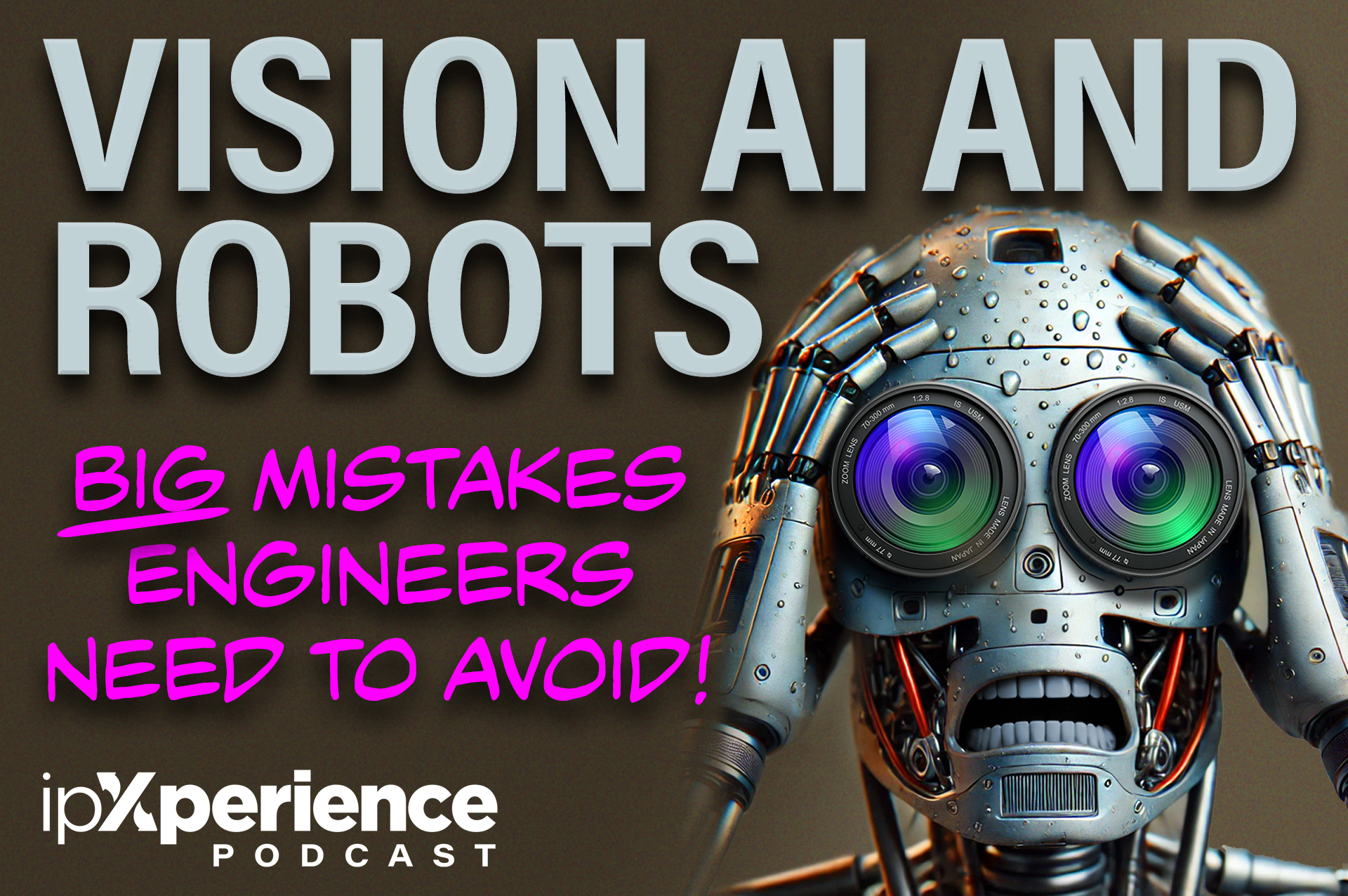Products
Solutions
Published
8 May 2025
Written by Emily Curryer
It’s an exciting time to be a machine vision engineer. Transformers, VLMs, NPUs—there’s no shortage of shiny tools to play with. But beneath the surface of every futuristic project lies a sobering reality: if your edge AI design strategy isn’t grounded in real-world experience, you’re headed for a very expensive lesson.
We sat down with Anton Maltsev, who’s spent 15 years in the trenches of industrial computer vision, to break down the golden rules of modern edge AI system design.
Forget the Hype—Start at the Product
According to Anton, the biggest trap engineers fall into is starting with the chip. “Start with your product,” he insists. “Define the price, deployment region, and certification constraints first. That determines what’s even possible.”
In other words: Jetson is great—unless your BOM can’t afford it, or your client’s compliance department can’t touch anything with Chinese silicon.
Know What Your Models Want
Transformer-based models are changing the game. They’re more accurate, more flexible—and notoriously hungry. They need modern NPUs, lots of RAM, and careful quantisation to avoid collapsing your model’s accuracy like a flan in a cupboard.
“Just because a board supports neural networks doesn’t mean it supports yours,” says Anton. “And benchmarks? Only useful if you test your own model, on your own target.”
Quantisation: Where Accuracy Goes to Die
Quantisation is one of those things everyone glosses over—until it’s too late. Going from float32 to int8 can annihilate your model’s performance unless you plan ahead. Anton warns that quantisation often demands months of tuning and retraining to claw back lost accuracy.
Don’t treat it like a checkbox—treat it like a full project phase.
Don’t Trust TOPS. Benchmark Everything.
Designers love quoting trillions of operations per second, but Anton says that’s mostly marketing fluff. “TOPS are just a starting point,” he explains. “You need to benchmark your actual neural network. Use a real workload, with real memory access patterns, and measure what actually matters: inference speed, accuracy, and thermals.”
Golden Rules from the Vision Frontline
Anton’s distilled his years of real-world experience into five edge AI commandments:
- Start at the system level. Define the product cost and compliance boundaries first.
- Validate model compatibility. Your network architecture might not run on every chip.
- Account for quantisation. Loss of accuracy is real—plan and test accordingly.
- Check actual performance. Benchmark with your models, not vendor demos.
- Avoid assumptions. Power, memory, cooling—verify it all. Twice.
Looking Ahead: VLMs and Robots on the Rise
Anton flags two key areas for engineers to watch over the next 18 months: Visual Language Models (VLMs) and robotics. VLMs are exploding into edge use cases with their ability to combine vision, audio, and language processing in one powerful bundle. Meanwhile, robotics is becoming the ultimate proving ground for real-time edge inference, often with extreme constraints.
Both are filled with opportunity—and landmines. Get your architecture right, and you’re set. Get it wrong, and you’re rebuilding from scratch.
Comments are closed.

Comments
No comments yet